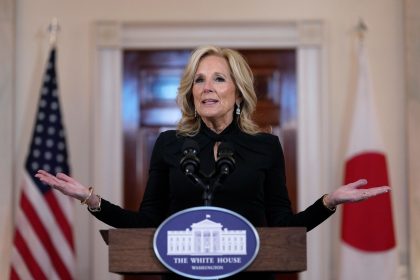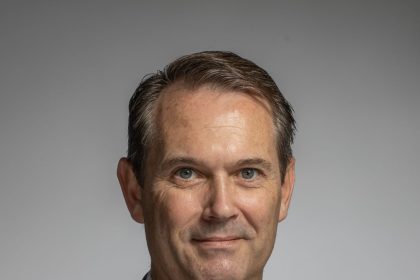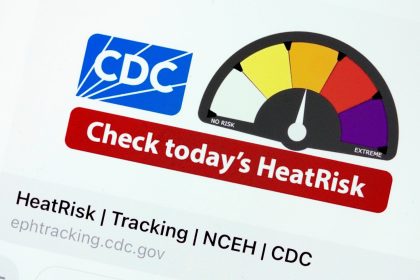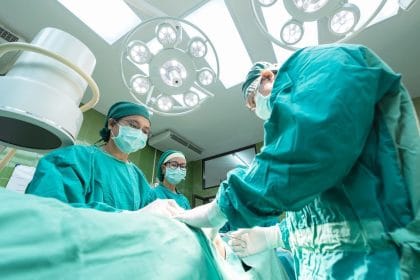Mayo Clinic Provides Overview of Latest Clinical Intel on Monkeypox
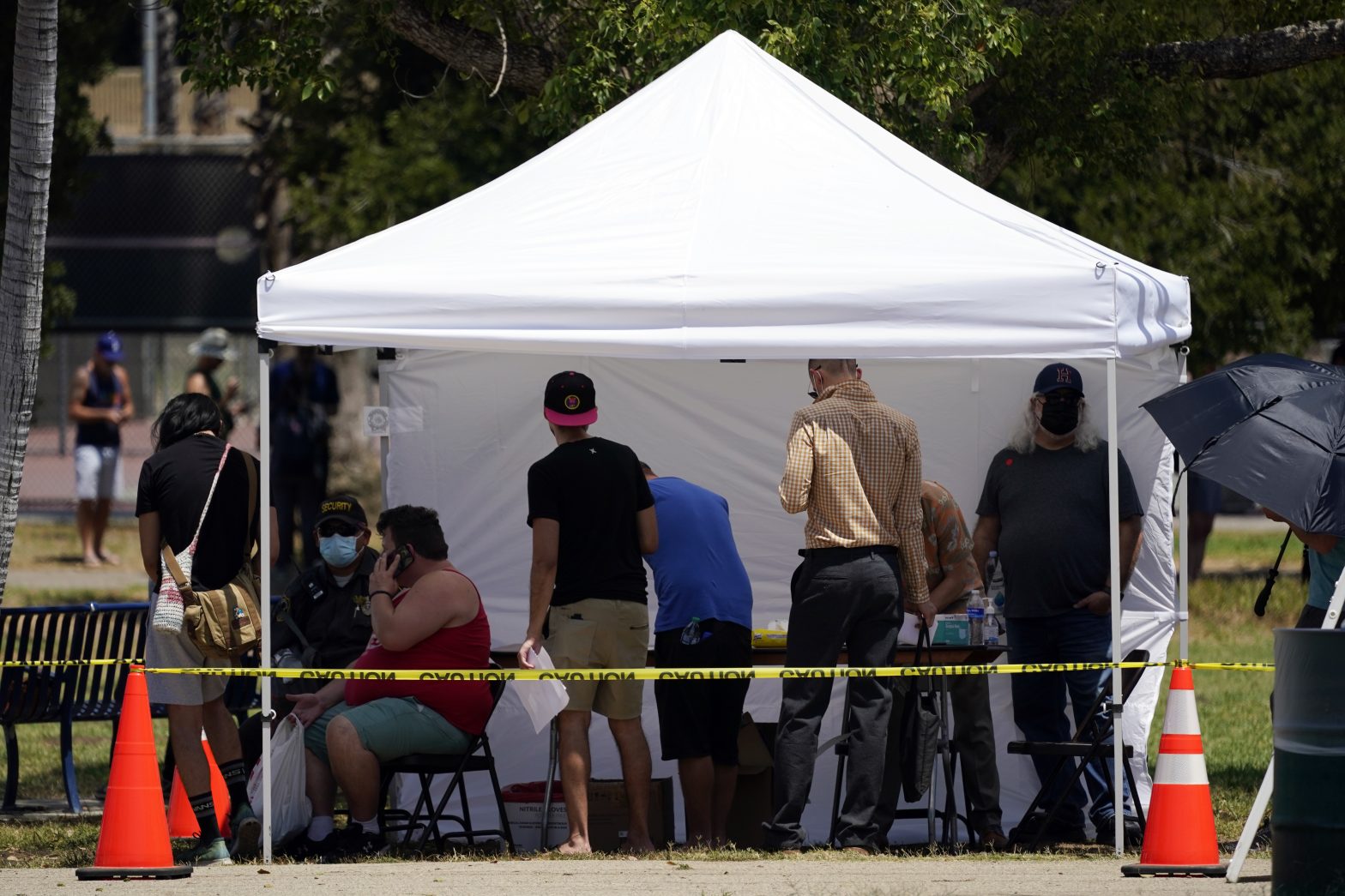
ROCHESTER, Minn. — With monkeypox continuing to be a national public health emergency, experts at the Mayo Clinic are striving to provide clinicians with a focused overview on the viral infection and strategies for infection prevention.
A special article published in Mayo Clinic Proceedings also seeks to lay out a summary of clinical management to consider.
“The purpose of this article is to provide an overview to assist health care professionals in addressing the challenges of monkeypox as well as the system changes that are needed to cope with the concurrent COVID-19 pandemic,” said Dr. Aditya Shah, a Mayo Clinic infectious disease specialist, in a written statement.
The article, “Monkeypox 2022: Gearing Up for Another Potential Public Health Crisis,” provides details on the virology and epidemiology of monkeypox, including guidance to prevent infection and implement control measures.
“This outbreak highlights the importance of identifying social networks and risk factors associated with the current outbreak, while avoiding stigmatization and promoting evidence-based responses, as all communities and individuals are at risk,” Dr. Shah said.
Symptoms of the infection, namely the rash, can tend to last between two to four weeks, and symptoms can be severe in children, pregnant women and patients with immunocompromising conditions.
The article calls for public health and other health care organizations to provide specific guidance for these patient populations, including details to prevent infection and implement control measures.
“As we gain further understanding of the transmission dynamics, it is likely that recommendations will change, and public information must keep pace,” says Dr. Nischal Ranganath, an infectious disease specialist and co-author of the report.
“The public health impact of this outbreak is uncertain. While it is unlikely that we will see widespread transmission as with COVID-19, even relatively small outbreaks could further burden a health care system that already is stressed by COVID-19,” Ranganath said.


















